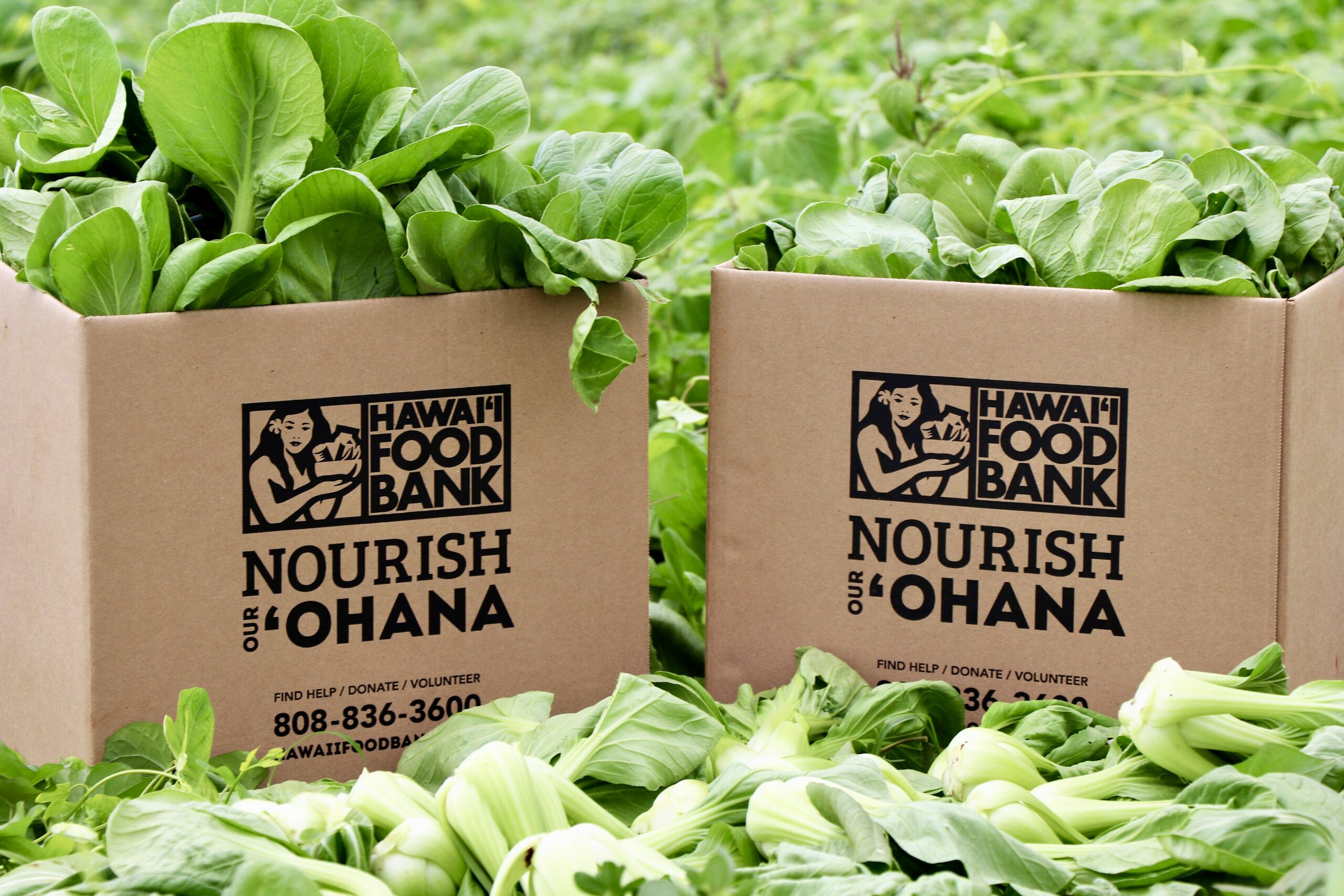Our History
40 Years of Nourishing our ʻOhana
In 1983, John White and a group of dedicated community leaders opened the doors to Hawai‘i Foodbank as a response to the hunger they had seen developing in the communities around them. Their vision laid the foundation for the work we do today. Over the next forty years, the Foodbank’s steady service to the community would establish it as a stalwart for those in need of food assistance.
The Foodbank Milestones
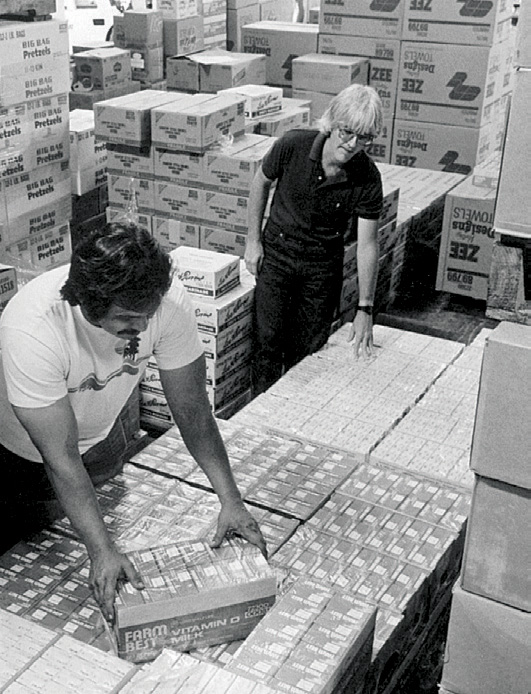
HAWAI´I FOODBANK WAS BORN
- 1983
With support from his community, John White founded Hawai‘i Foodbank with the intent of providing food so that no one in Hawai‘i goes hungry. All the equipment used was donated by local companies and included a flatbed truck, two refrigerated containers and a three-ton forklift.
In the first month of operation, John and the team distributed 4,000 pounds of food. By the end of its first year of operation, Hawai‘i Foodbank distributed 380,000 pounds of food while working with 75 agency partners.
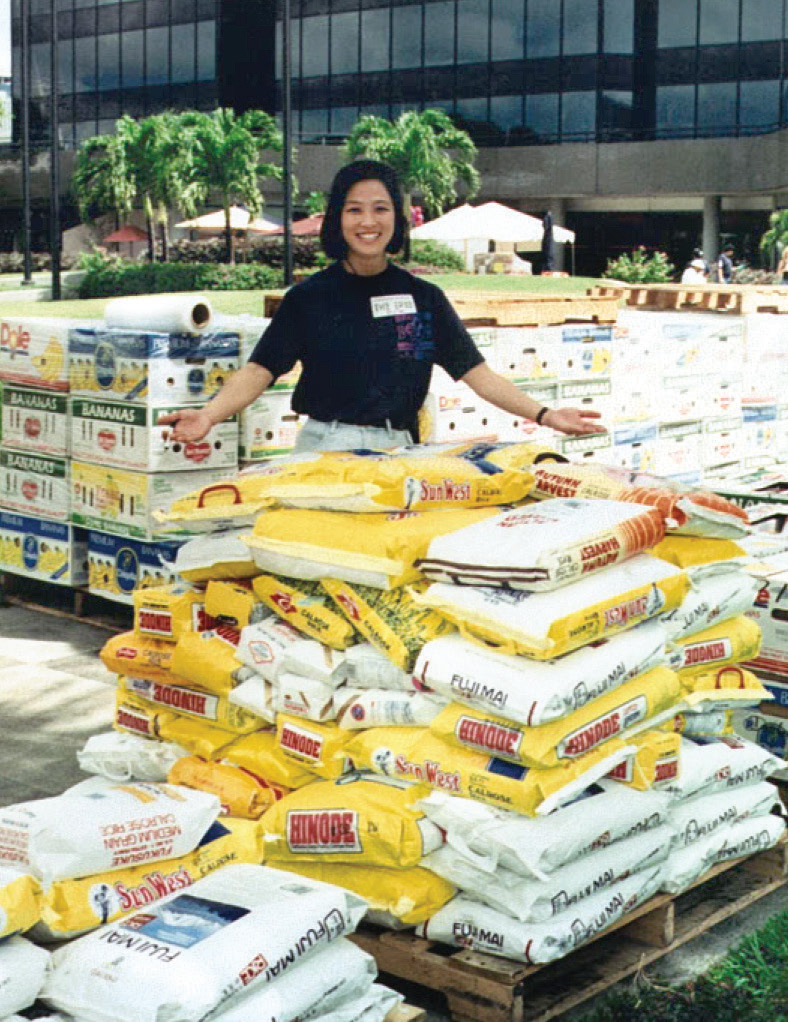
FOOD DRIVE DAY
- 1989
Hawai‘i Foodbank launched the inaugural Food Drive Day at Restaurant Row to help gather more food for those in need. It brought in 25,000 pounds of food and $5,500 in monetary donations. One year
later, the event gained sponsorship and began expanding towards the statewide event it is today.
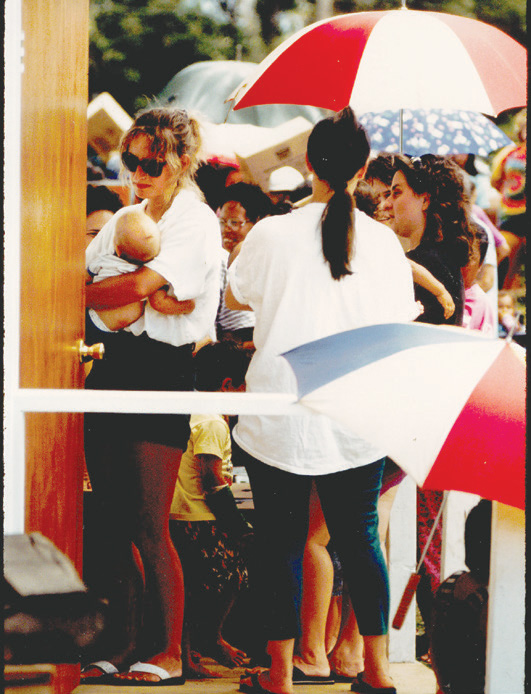
HURRICANE ‘INIKI
- 1992
With support from his community, John White founded Hawai‘i Foodbank with the intent of providing food so that no one in Hawai‘i goes hungry. All the equipment used was donated by local companies and included a flatbed truck, two refrigerated containers and a three-ton forklift.
In the first month of operation, John and the team distributed 4,000 pounds of food. By the end of its first year of operation, Hawai‘i Foodbank distributed 380,000 pounds of food while working with 75 agency partners.

BREAKING GROUND
- 1993
Hawai‘i Foodbank opened the doors to its new warehouse in Māpunapuna, making it the largest and most efficient food bank facility in the state.
The National Association of Letter Carriers' Stamp Out Hunger Food Drive and Check-Out Hunger were both held for the first time — and both continue today.
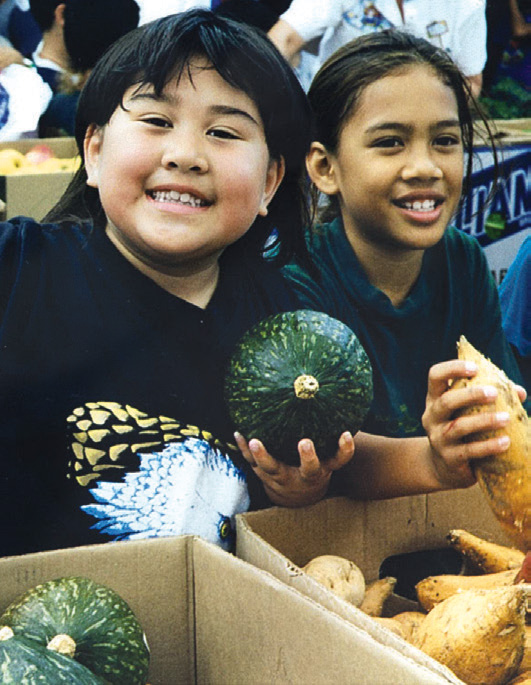
‘OHANA PRODUCE PLUS
- 1997
Hawai‘i Foodbank launched the ‘Ohana Produce Plus program with the goal of salvaging and distributing a more diversified, healthy and balanced selection of food to the community. In its first year, the volume of fresh fruit and vegetables offered by the Foodbank tripled.
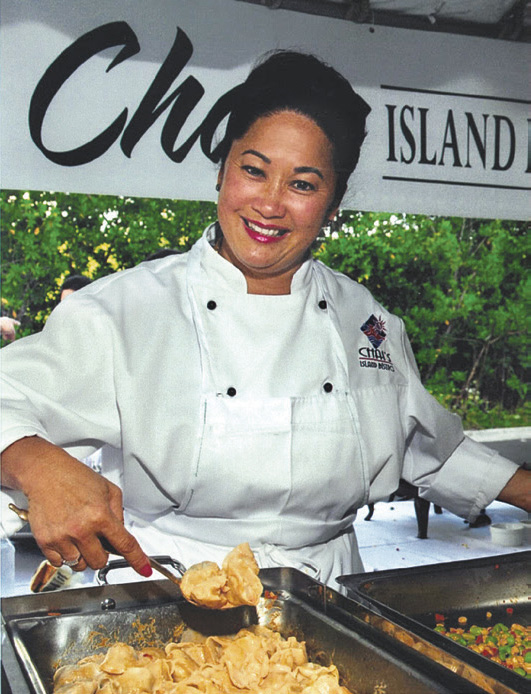
EXPANDING PROGRAMS AND IMPACT
- 2000-2006
Laying the groundwork for what would become Food 4 Keiki, Hawai‘i Foodbank began taking steps to address childhood hunger by developing a partnership with Lanakila Elementary School in 2000 and launching Feeding Our Future, a summer lunch program, with Waialae Elementary School and the Sodexo Foundation in 2005.
Hawai‘i Foodbank created signature events like the Golf Classic and Great Chefs® Fight Hunger to help develop relationships in the community and create new sources of funding. In 2006, the Senior Farmers’ Market Nutrition Program was initiated to provide more fresh, local produce to qualified kūpuna.
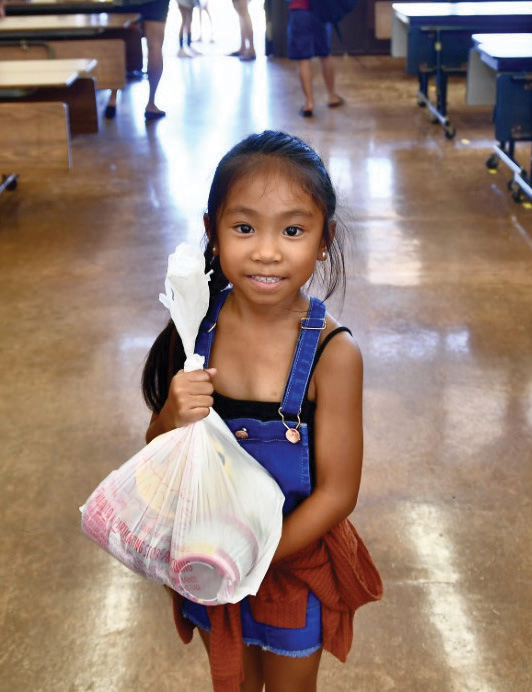
BROADENING REACH
- 2009-2018
Hawai‘i Foodbank launched the Food 4 Keiki Backpack Program, the state’s first backpack feeding program, at Princess Ka‘iulani Elementary School during the 2008-2009 school year. A decade later, Food 4 Keiki would expand to reach more students and their families through the School Pantry Program.
Hawai‘i Foodbank Kaua‘i officially opened its doors in 2011 to begin serving the people of Kaua‘i directly.
Hawai‘i Foodbank launched the Senior Food Box program in 2015, providing nearly 1,200 seniors with supplemental food boxes.
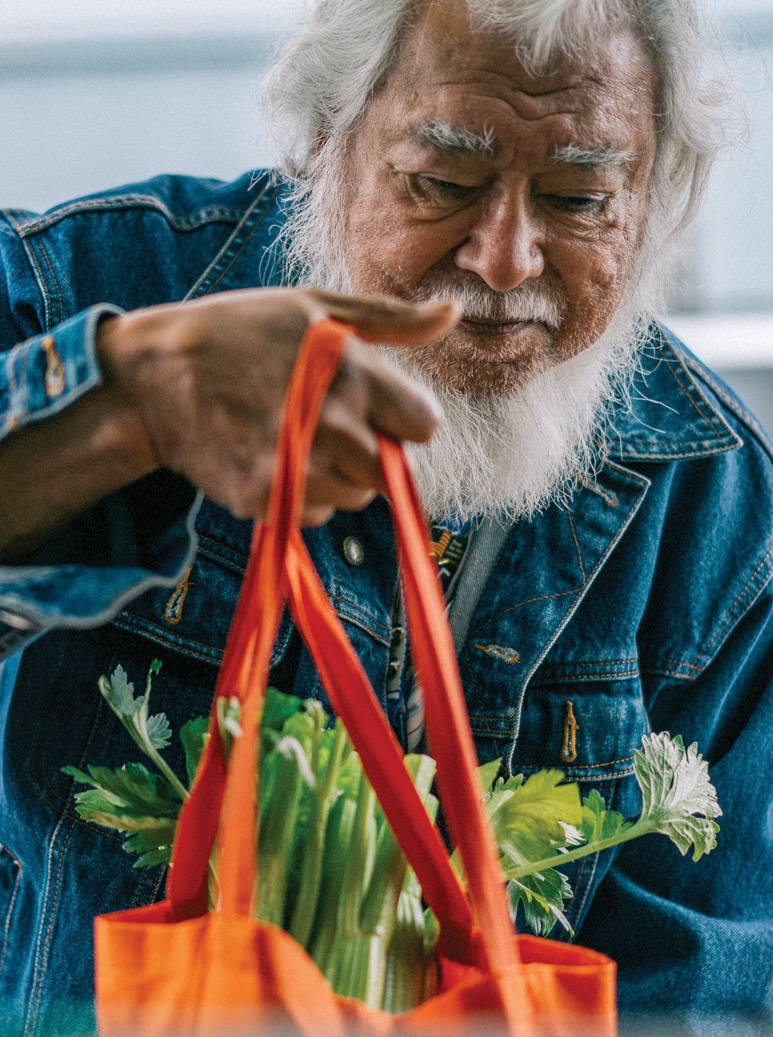
STATEWIDE DISASTER RELIEF
- 2018
Hawai‘i Foodbank responded to multiple disasters across the state, including record-breaking rainfall and flooding on Kaua‘i and the eruption of Kīlauea on Hawai‘i Island. This work continued to establish Hawai‘i Foodbank as an important disaster relief organization.
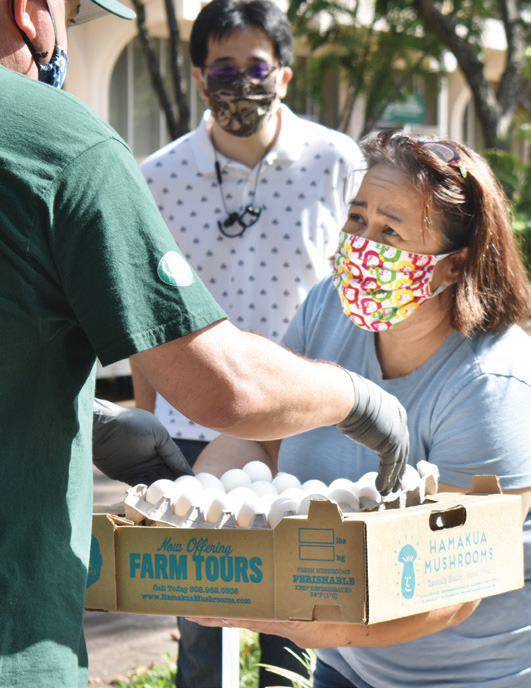
COVID-19 RESPONSE
- 2020
In the first year of COVID-19 response, Hawai‘i Foodbank distributed food for more than 21.7 million meals — more than doubling food distribution.
The pandemic forced the Foodbank to evolve its operational model and develop new partnerships — serving nearly 60% more people compared to before.
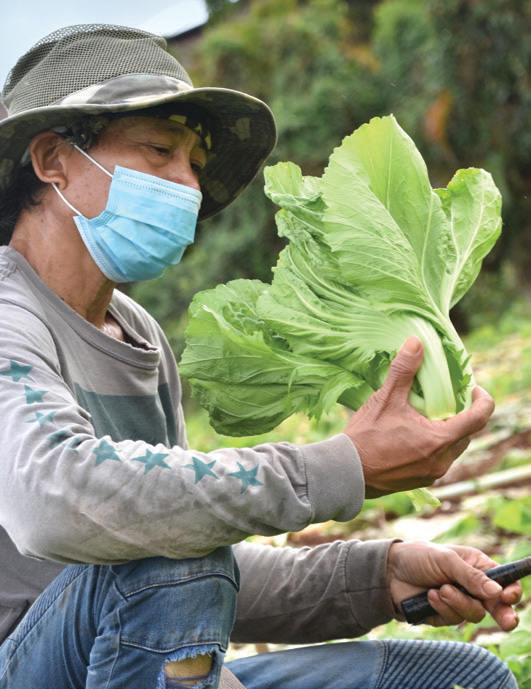
RESILIENCE, GROWTH AND ONGOING SUPPORT
- 2021-2023
Hawai‘i Foodbank worked to establish a new baseline for operations, building upon the lessons of the pandemic and integrating best practices throughout the organization. Initiatives created during the pandemic continued to thrive and evolve, including the Farm to Foodbank produce purchasing program and Kūpuna Fresh. Hawai‘i Foodbank also secured important funding to launch its SNAP Outreach Program. Following catastrophic wildfires on Maui, Hawai‘i Foodbank began providing immediate and long-term assistance to its partner Maui Food Bank — sending emergency food and staff support, coordinating local and national food donations, and more.

HAWAI´I FOODBANK WAS BORN
- 1983
With support from his community, John White founded Hawai‘i Foodbank with the intent of providing food so that no one in Hawai‘i goes hungry. All the equipment used was donated by local companies and included a flatbed truck, two refrigerated containers and a three-ton forklift.
In the first month of operation, John and the team distributed 4,000 pounds of food. By the end of its first year of operation, Hawai‘i Foodbank distributed 380,000 pounds of food while working with 75 agency partners.

FOOD DRIVE DAY
- 1989
Hawai‘i Foodbank launched the inaugural Food Drive Day at Restaurant Row to help gather more food for those in need. It brought in 25,000 pounds of food and $5,500 in monetary donations. One year
later, the event gained sponsorship and began expanding towards the statewide event it is today.

HURRICANE ‘INIKI
- 1992
Hawai‘i Foodbank’s response to Hurricane ‘Iniki helped set a model for food bank disaster relief across the country. Over the course of the next year, Hawai‘i Foodbank distributed roughly 5 million pounds of food to an average of 12,000 people each month on Kaua‘i — a quarter of the population of the Garden Island.

BREAKING GROUND
- 1993
Hawai‘i Foodbank opened the doors to its new warehouse in Māpunapuna, making it
the largest and most efficient food bank facility in the state.
The National Association of Letter Carriers' Stamp Out Hunger Food Drive and Check-Out Hunger were both held for the first time — and both continue today.

‘OHANA PRODUCE PLUS
- 1997
Hawai‘i Foodbank launched the ‘Ohana Produce Plus program with the goal of salvaging and distributing a more diversified, healthy and balanced selection of food to the community. In its first year, the volume of fresh fruit and vegetables offered by the Foodbank tripled.

EXPANDING PROGRAMS AND IMPACT
- 2000-2006
Laying the groundwork for what would become Food 4 Keiki, Hawai‘i Foodbank began taking steps to address childhood hunger by developing a partnership with Lanakila Elementary School in 2000 and launching Feeding Our Future, a summer lunch program, with Waialae Elementary School and the Sodexo Foundation in 2005.
Hawai‘i Foodbank created signature events like the Golf Classic and Great Chefs® Fight Hunger to help develop relationships in the community and create new sources of funding. In 2006, the Senior Farmers’ Market Nutrition Program was initiated to provide more fresh, local produce to qualified kūpuna.

BROADENING REACH
- 2009-2018
Hawai‘i Foodbank launched the Food 4 Keiki Backpack Program, the state’s first backpack feeding program, at Princess Ka‘iulani Elementary School during the 2008-2009 school year. A decade later, Food 4 Keiki would expand to reach more students and their families through the School Pantry Program.
Hawai‘i Foodbank Kaua‘i officially opened its doors in 2011 to begin serving the people of Kaua‘i directly.
Hawai‘i Foodbank launched the Senior Food Box program in 2015, providing nearly 1,200 seniors with supplemental food boxes.

STATEWIDE DISASTER RELIEF
- 2018
Hawai‘i Foodbank responded to multiple disasters across the state, including record-breaking rainfall and flooding on Kaua‘i and the eruption of Kīlauea on Hawai‘i Island. This work continued to establish Hawai‘i Foodbank as an important disaster relief organization.
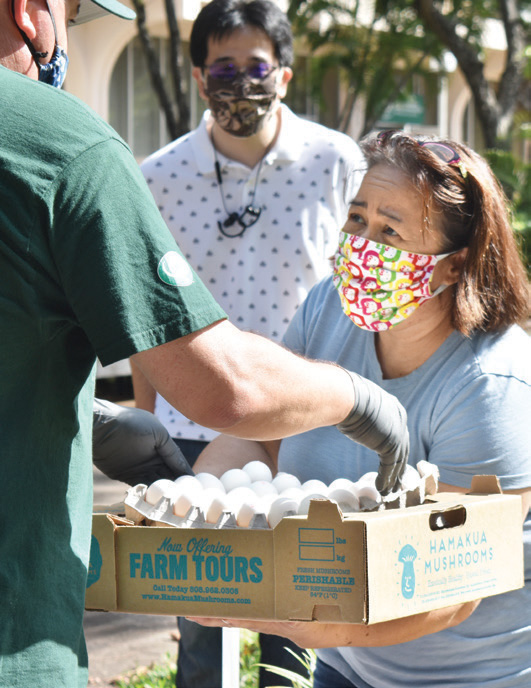
COVID-19 RESPONSE
- 2020
In the first year of COVID-19 response, Hawai‘i Foodbank distributed food for more than 21.7 million meals — more than doubling food distribution.
The pandemic forced the Foodbank to evolve its operational model and develop new partnerships — serving nearly 60% more people compared to before.

RESILIENCE, GROWTH AND ONGOING SUPPORT
- 2021-2023
Hawai‘i Foodbank worked to establish a new baseline for operations, building upon the lessons of the pandemic and integrating best practices throughout the organization. Initiatives created during the pandemic continued to thrive and evolve, including the Farm to Foodbank produce purchasing program and Kūpuna Fresh. Hawai‘i Foodbank also secured important funding to launch its SNAP Outreach Program. Following catastrophic wildfires on Maui, Hawai‘i Foodbank began providing immediate and long-term assistance to its partner Maui Food Bank — sending emergency food and staff support, coordinating local and national food donations, and more.
2024: END HUNGER TOMORROW
Focusing on the following, Hawai‘i Foodbank launched a five-year strategic plan in 2023 that will advance work towards a future where everybody in Hawai‘i has access to safe, nutritious and sufficient food:
• Nutrition Insecurity and Health: Ensuring those we serve receive food for healthy, nutritious meals and investing in local agriculture through the Farm to Foodbank program.
• Disaster Preparedness and Response: Partnering with our agencies, DEM, KEMA, HiEMA and FEMA to support emergency feeding needs.
• Cultivating Partnerships and Networks: Better supporting our agency partners and affiliated food banks across the state and engaging in collaborative food security efforts.
• Expanding Efforts to Combat Hunger: Broadening our approach to address the root causes of hunger, focusing on equitable access and filling gaps in service.
